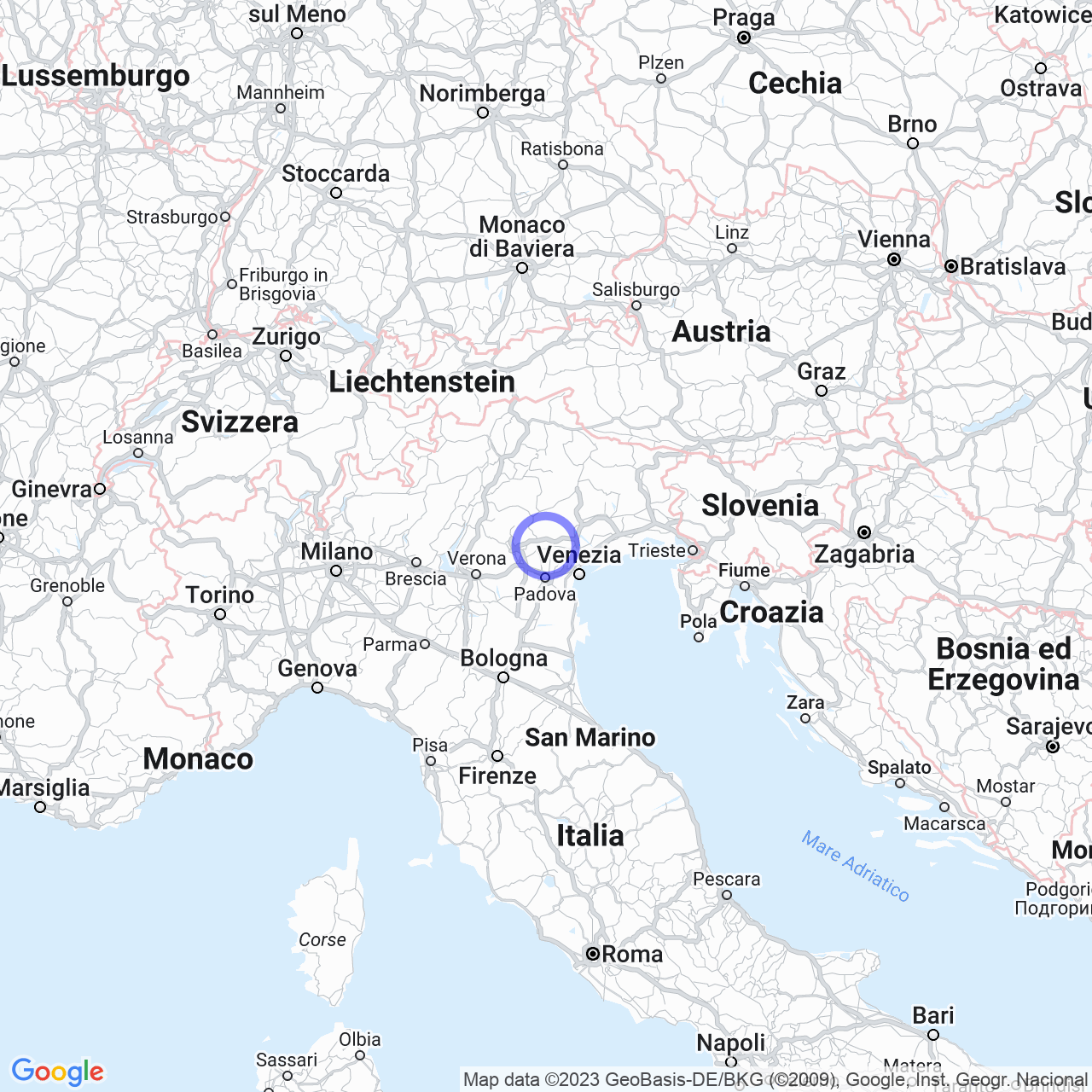Santa Giustina
Giustina in Colle, on April 25th 1945, Liberation Day, celebrated the event and many residents joined the partisans to celebrate the end of the war and the end of the German occupation. Meanwhile, the commander of the local partisans, Graziano Verzotto, tried to establish an agreement to avoid Nazi reprisals, and the local priest attempted to mediate with the Germans.
On April 26th, partisan snipers were attacked by the Germans, and casualties were suffered on both sides. The body of a German soldier, killed during the attack, was brought to the village and buried in the local cemetery.
The Massacre
The following day, April 27th, German troops stormed the village and began arresting many residents, both civilians and partisans. The Germans were looking for a missing German soldier and believed that the local partisans were hiding him. The detainees were gathered near the church of Santa Giustina and then shot, along with two priests, Father Avogadro and Don Alberto Lottaroli. In total, 17 people were killed in Santa Giustina in Colle.
Two days later, on April 29th, the Germans carried out the second and most brutal reprisal, killing around 125 civilians and partisans in the nearby villages of S. Giorgio in Bosco, S. Martino di Lupari and Castello di Godego. The inhabitants were looted and burned, and some were shot or hanged, including women and children.
Different Interpretations of the Events
In the years following the massacre, various versions of the events circulated, attempting to explain the motivations of the German attackers.
The first version claimed that the killing of two German soldiers by local partisans had provoked the Germans' wrath, who implemented the ruthless provisions of Albert Kesselring ("ten Italians killed for every dead German"), passing 20 locals, together with the priest and young chaplain, to execution on the afternoon of April 27th.
The second version stated that collaborator Ada Giannini and the Germans wanted to punish the town for the partisan uprising and at the same time ensure the safety of roads in view of their retreat from the front.
According to historian Egidio Ceccato, the most recent interpretation of events, supported by contemporary documents, denies that the massacre was a retaliation for the killing of two German soldiers. Ceccato affirms that only one German soldier had died in S. Giustina in Colle during the insurgency, and since his body was temporarily buried in the local cemetery, incoming comrades would have had no way of knowing his fate. Moreover, Ceccato states that the process of blaming local partisans was influenced by the popular belief that partisans should "provide golden bridges for the fleeing enemy," while Allied directives called for different action.

Conclusions
The massacre of Santa Giustina in Colle represents one of the cruelest episodes in the history of World War II in Italy. Many civilians and partisans died at the hands of the Germans, who acted mercilessly and with no respect for human life. The different interpretations of events have given the massacre a certain aura of mystery, but what truly matters is that the victims are remembered and honored for their courage and loyalty to the Resistance. Historical memory is important because it helps us understand the past and build a better future.
